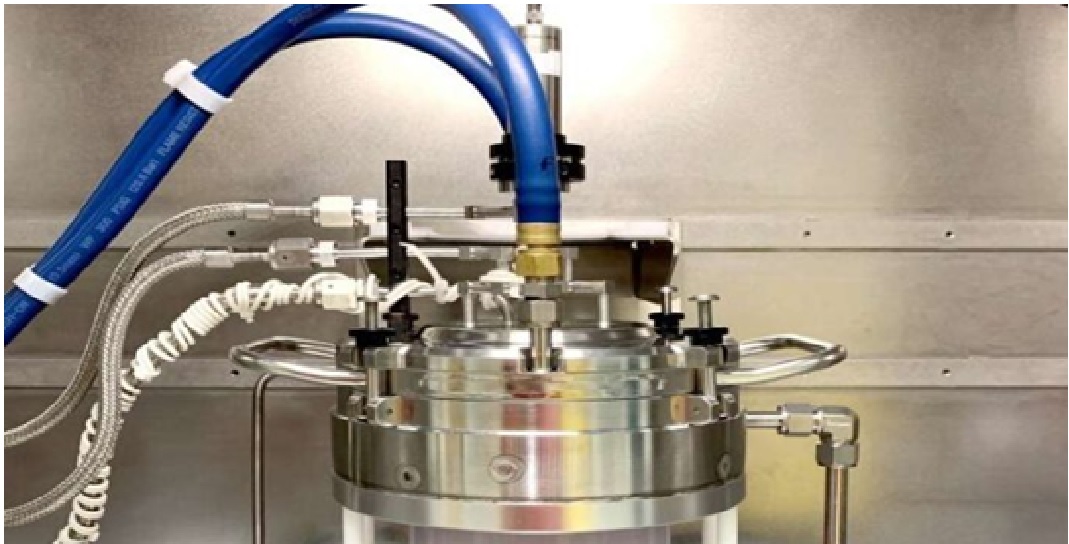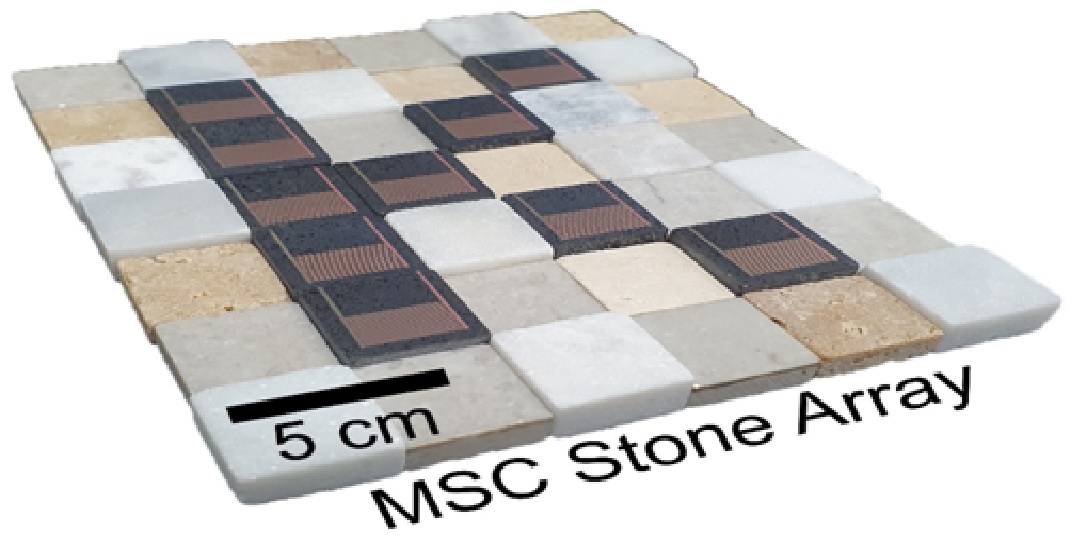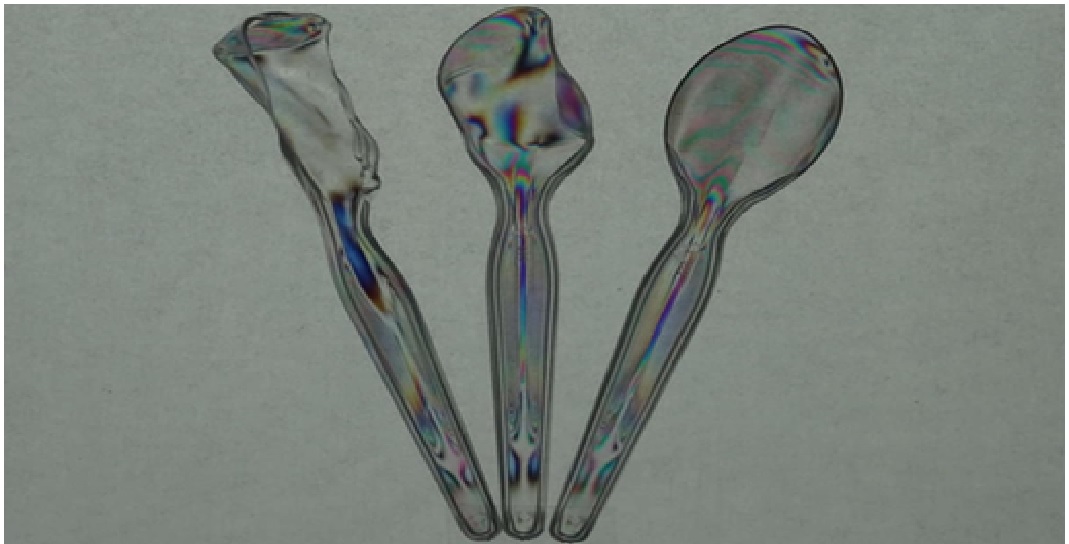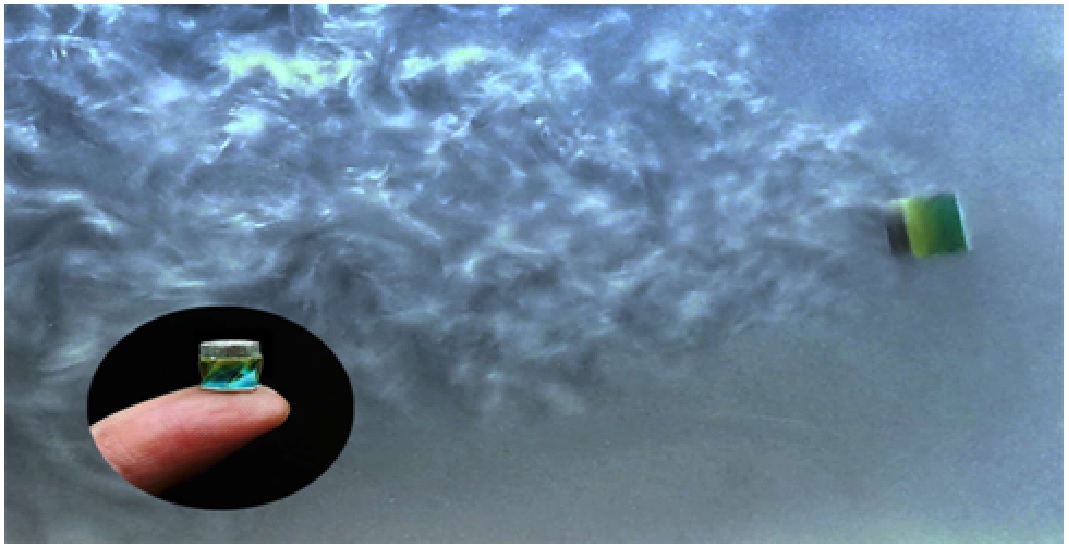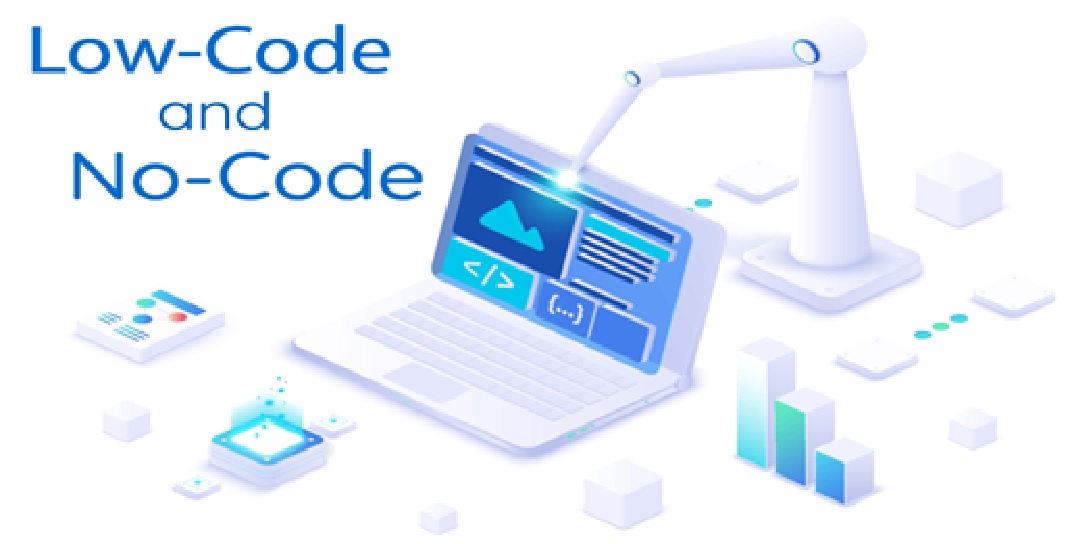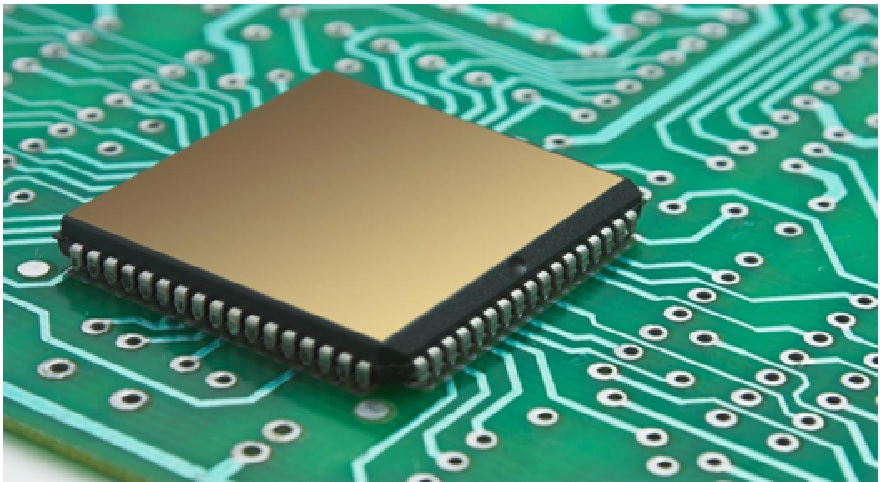The Future of Payments: from wearables to Smart Speakers
Digital wallets and payments through connected devices in the Internet of Things, as well as biometrics. As the long-standing market leader in digital security and payments, Infineon offers the industry’s broadest portfolio of security chips available in innovative, easy-to-integrate and highly scalable delivery forms. With the SECORA Pay and SECORA Connect product families, Infineon expanded the reach of its core technology to application-specific full system solutions based on hardware and software enabling trusted, convenient and secured payments. [1]
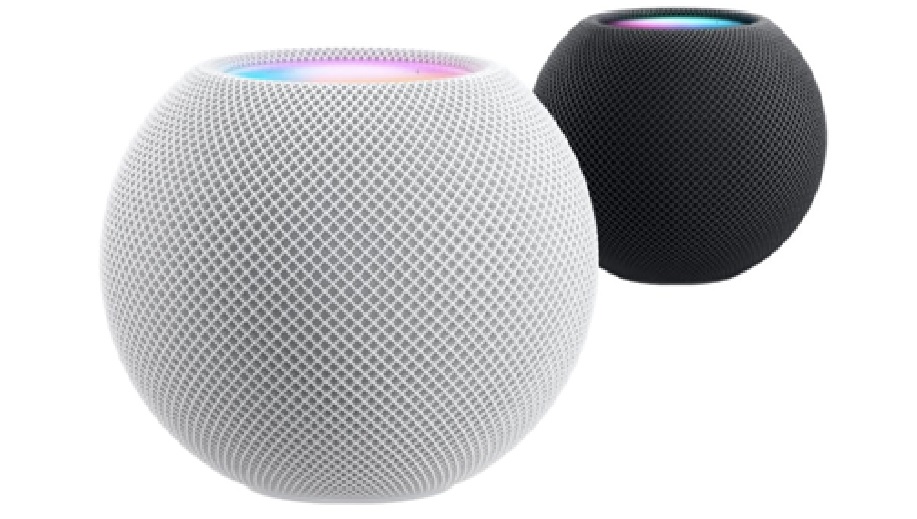
Figure 1. The Future of Payments: from wearables to Smart Speakers
Figure 1 shows today, around 82 percent of retail payments worldwide are contactless – either traditionally by bank card, via smartphone or wearable electronics such as watches and rings. They make payment faster, easier and – especially in times of pandemic – also more hygienic.
Contactless payments have already become standard today, and cards with integrated fingerprint sensors for authorization are emerging. As early as 2024, up to 60 million such bank cards with biometric authorization including a built-in biometric sensor are expected to be in circulation (ABI Research).
Just as the Internet has revolutionized our shopping behavior, the Internet of Things (IoT) will bring a whole range of new connected devices that we will use for payment transactions in the future. Biometric authentication will play an important role in securing payments and making them as user-friendly as possible. Today, purchases in cars can already be approved by fingerprint. In future, facial recognition could play a more significant role. [2]
Digital wallets and connected devices
More than half of retail transactions were conducted online in 2021. Around 48 percent were processed by digital wallets. This opens up simple, convenient payment options for users with their device of choice. Merchants benefit from fast and secured payment processing and low transaction fees.
Not only people, connected devices will initiate and process payments in the Internet of Things (IoT) as well. By 2025, there are expected to be around 2.7 billion pay-enabled and connected smart home devices on the market (Juniper Research). [3]
Better user experience – new security requirements
While this enables new, convenient shopping experiences, it also increases the requirements for the payment processes. Connected remote payments and the integration of networked devices require not only general device security but also the reliable safeguarding of biometric and private information of the user, the storage and provision of proof of transfer, and the fulfilment of specific legal requirements for two-factor authentication. [1]
References:
- https://www.eletimes.com/the-future-of-payments-from-wearables-to-smart-speakers
- https://www.infineon.com/cms/en/about-infineon/press/press-releases/2022/INFCSS202208-113.html
- https://timestech.in/the-future-of-payments-from-wearables-to-smart-speakers/
Cite this article:
Thanusri swetha J (2022), The Future of Payments: from wearables to Smart Speakers, AnaTechMaz, pp.279



